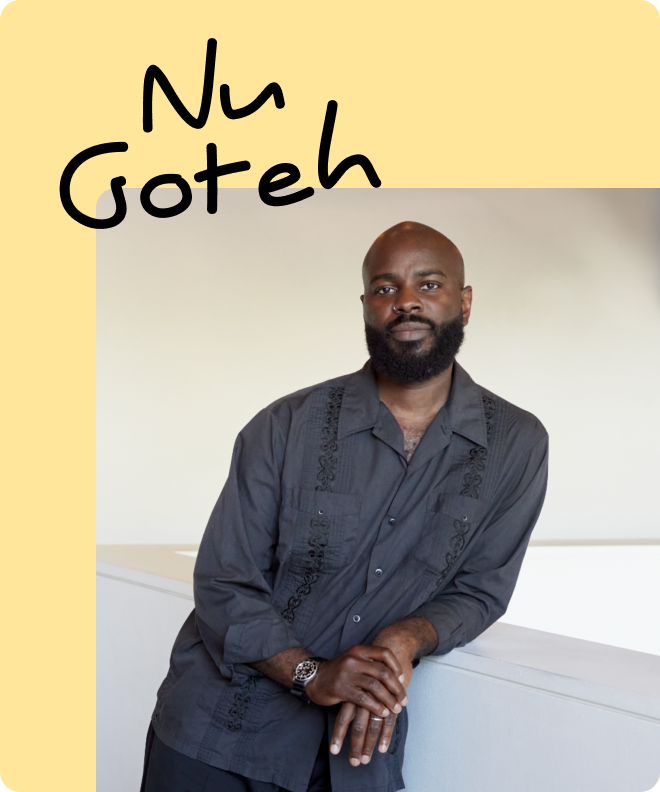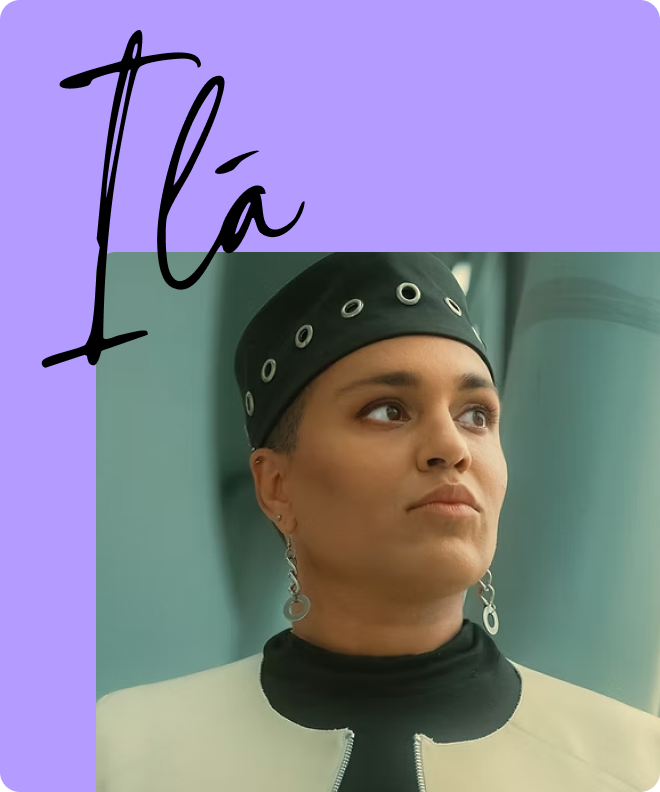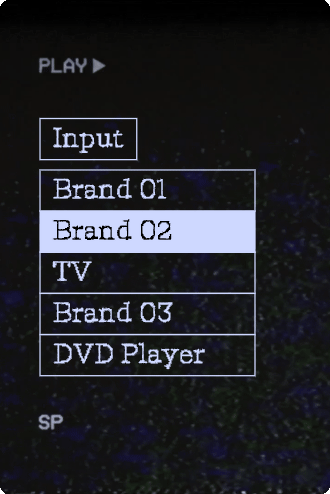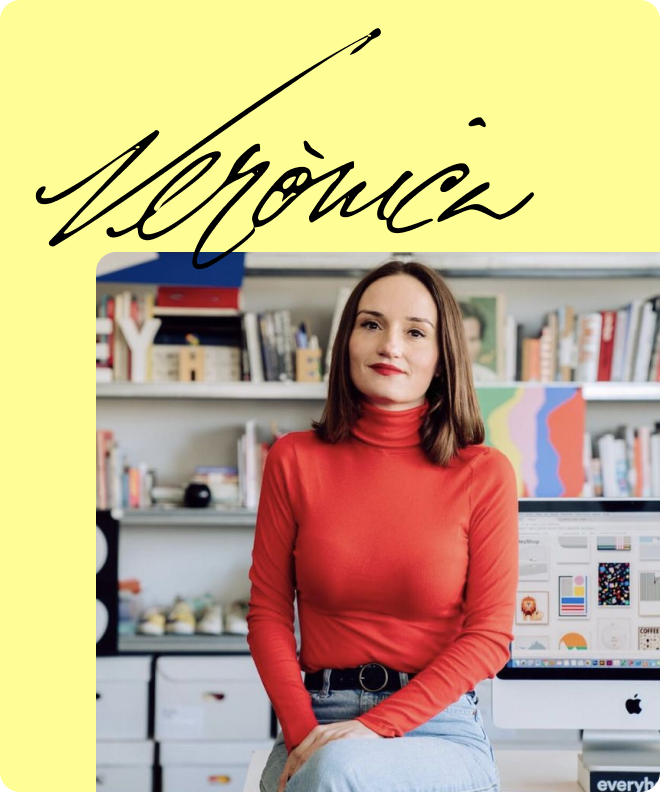- Shift focus from short-term wins to long-term brand building: Invest 40–60% of your marketing budgets in brand to maximize media effectiveness
- Build AI capability within your team: Become the AI expert in the boardroom to increase strategic influence
- Develop a framework for identifying and responding to cultural moments
- Build brand strength to increase pricing power
Key takeaway: By 2029, the most effective CMOs will be AI-driven brand builders who balance long-term brand strength with real-time cultural relevance and commercial performance.
In my five years leading the trend insights platform Think With Google, I've seen many changes, not least the evolving role of the CMO — coupled with what can feel like a revolving door for those in the job. CMOs currently have less time 1 in role than ever before.
The pressure to deliver fast results drives CMOs to prioritize quick wins. This often leads to a focus on performance, shifting investment away from long-term brand-building activities.
And yet, I feel optimistic about the role of the CMO. Being asked to do more with less, CMOs are becoming the de facto AI experts in the boardroom. Their expertise in leveraging AI to reach customers at scale and the collaboration they need to have with legal and technology teams across the business are elevating their boardroom influence as other C-suite members look to learn from their approach.
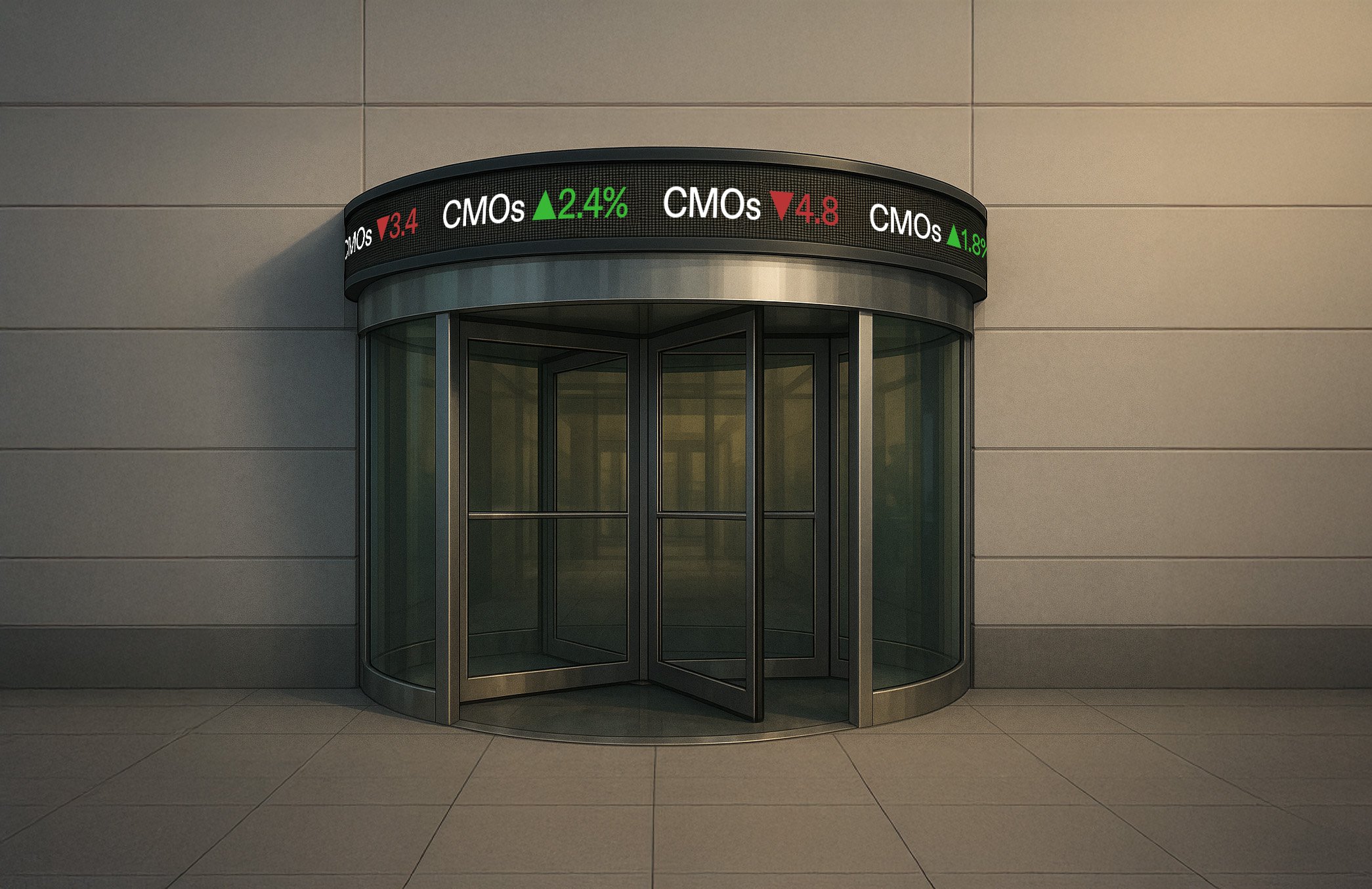
1The average CMO at top US advertisers stays just 39 months in role, with B2B marketers enjoying slightly longer tenures (4.4 years) than their B2C counterparts (4.1 years).
2Instacart's CMO Laura Jones has managed to rapidly grow its ad sales business and deliver unique consumer experiences by deploying AI-powered ad solutions and campaigns like "Ask Instacart".
For example, Instacart CMO Laura Jones recently demonstrated how combining first-party data with AI-powered solutions transformed the company's growth strategy 2. It enabled them to create smarter consumer recommendations, power natural language search capabilities, and evolve their retail media network into “retail-powered media” that delivered triple-digit growth for brand partners like Nestlé.
The smartest and most agile companies I've worked with already recognize that brand building is essential — and that the CMO's ability to curate and elevate the brand is the core strategic skill. Domino's Pizza has seen that when brand-building campaigns sit alongside their performance marketing, the performance is increased by 45% on YouTube alone 3.
3Sarah Barron, Domino's CMO of UK & Ireland, discovered that when they ran YouTube brand awareness campaigns concurrently with YouTube performance campaigns, they saw a 45% increase in overall ROI from the video platform.
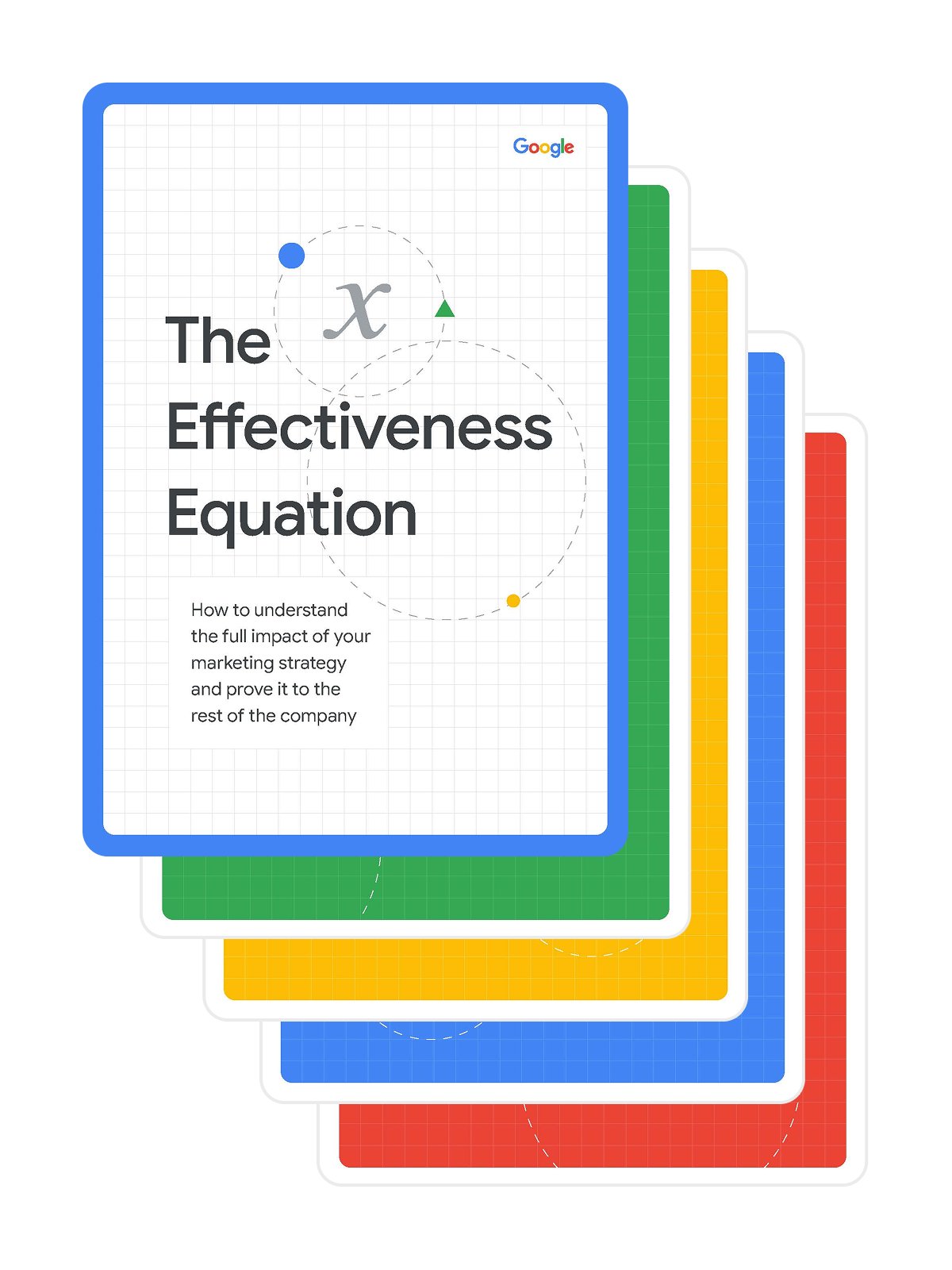
4 Only 40% of marketing leaders have clear effectiveness goals and just 20% agree on measurement approaches. When CMOs can’t demonstrate the full impact of their work, marketing investment can suffer, ultimately undermining business growth.
This is backed up by a recent study by Google, which shows that media effectiveness peaks when 40–60% of marketing spend is directed toward brand building 4. The same study has shown that strong brands are more resilient to price increases, with businesses able to charge up to 2x higher prices when brand equity is strong. Brands that maintain brand-building investment during downturns recover faster and more effectively.
By 2029, brand building will look very different: Less about quarterly plans and campaigns, it'll be an ongoing, adaptive process powered by AI and real-time insights — and the cultural conversation. CMOs will move from managing fixed narratives to guiding brands that adapt and develop with their audiences.
Like the National Lottery hopping on the back of the “I won't tell you I won the lottery, there will be signs” meme or Patreon's evolving logo 5, CMOs will need to become adept at understanding the cultural context around their brands, and when and how to respond and evolve.
Five years might feel like a long time, but the work starts now. The most effective CMOs will be those who combine AI-driven insights with brand strength and cultural relevance to win hearts and wallets — and keep their place in the boardroom.
5 Patreon's unfinished, creator-adaptable logo system demonstrates how brands thrive when they evolve with audiences rather than maintain rigid narratives.
